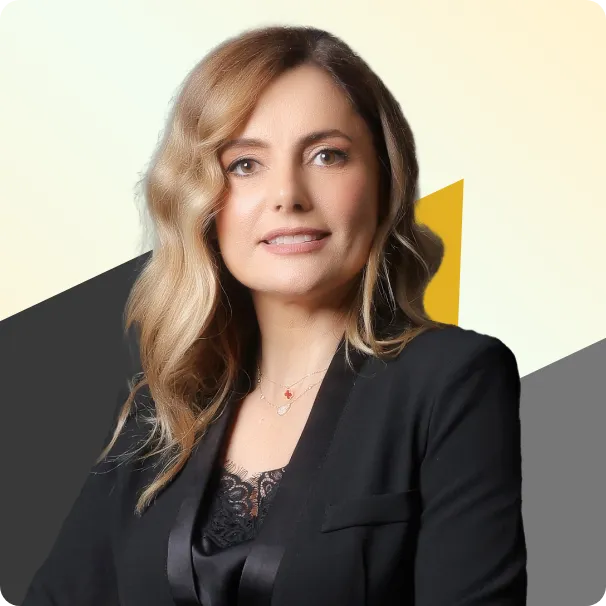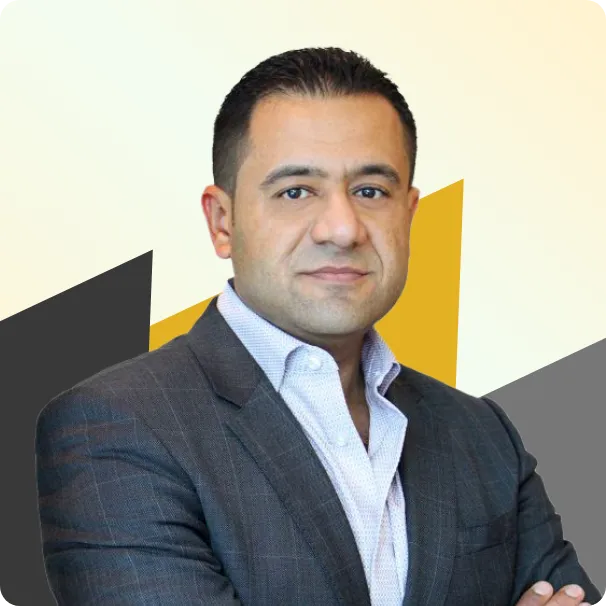
About the latest industry news and our offers by subscribing to our newsletters
x



Registration @Registration Desk

Bootcamp Topic : Roadmap to Mastering AI in Total Cost Management
This intensive one-day training course is designed for professionals looking to enhance their skills in data analytics and how these are applied in Total Cost Management. Participants will delve into intermediate (and some advanced) techniques and tools used in data analysis, visualization, interpretation, and decision-making
Speaker :


Mid-Morning Coffee Break @ Pre- Function Area

Lunch Break @ Pre- Function Area

Registration @Registration Desk | Breakfast @ Pre- Function Area

Welcome Remarks :
Speaker :






Keynote Panel discussion @ Al Ameera Ballroom 3 :
Speaker :








Keynote Panel discussion @ Al Ameera Ballroom 3 :
Speaker :









Keynote Panel discussion @ Al Ameera Ballroom 3 :
Speaker :









Keynote Panel discussion @ Al Ameera Ballroom 3 :
Speaker :








Mid-Morning Coffee Break @ Pre- Function Area

Lunch Break @ Pre- Function Area

Afternoon Coffee Break @ Pre- Function Area

Evening Social: Relax, connect with peers, and enjoy soft drinks at the Pre-Function Area — open to all.

Registration @ Registration Desk | Breakfast @ Pre-Function Area






Panel discussion @ Al Ameera Ballroom 3 :
Speaker :








Panel discussion @ Al Ameera Ballroom 3 :
Speaker :








Panel discussion @ Al Ameera Ballroom 3 :
Speaker :








Panel discussion @ Al Ameera Ballroom 3 :
Speaker :







Mid-Morning Coffee Break @ Pre-Function Area

Lunch Break @ Pre-Function Area

Afternoon Coffee Break @ Pre-Function Area

Awards Drinks Reception (For Dinner Delegates ONLY) @ Pre-Function Hall

Awards Ceremony and Gala Dinner @ Al Ameera Ballroom 3
© Project Controls Expo 2025. All rights reserved


 UAE
UAE 




